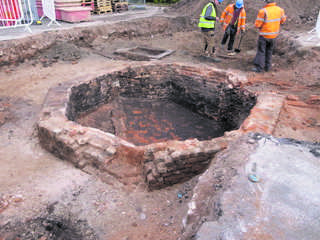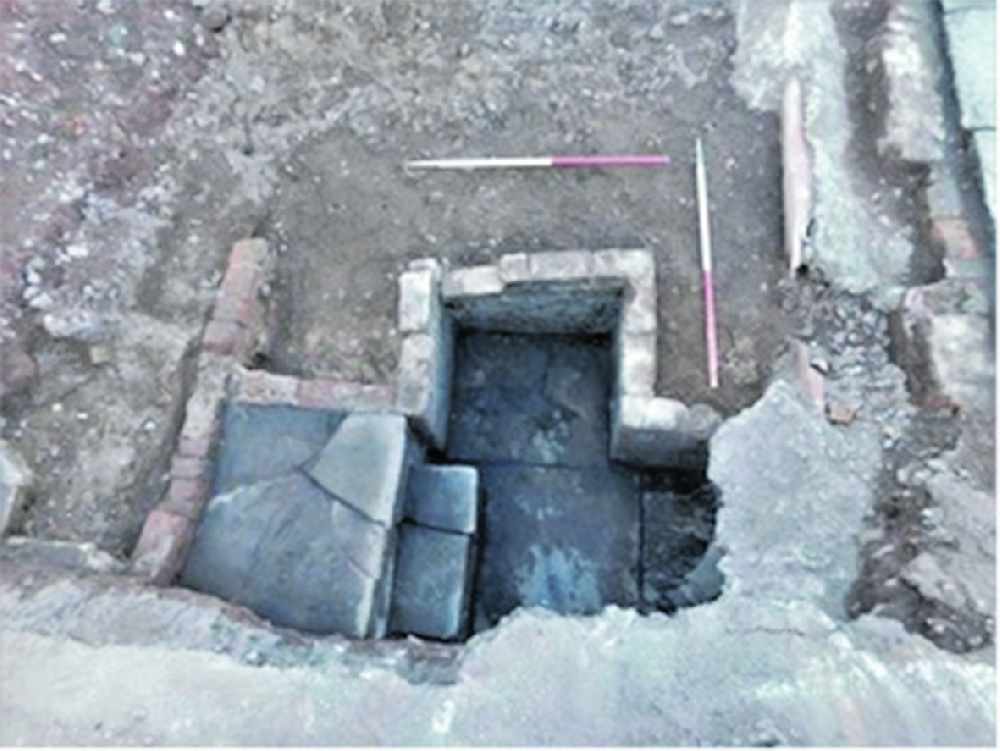
Archaeological works carried out before a new development gets underway alongside Cavendish Mill have revealed some fascinating finds.
The archaeological work was required as a condition of planning consent for the new development by Jigsaw Homes for 50 new homes for affordable rent, including a mix of two and three-bedroom homes and one bedroom apartments.
RPS Group was commissioned by contractors The Casey Group to undertake the archaeological investigations on the site of the former Higher and Lower Bank Mills.
Its purpose was to make a record of any archaeological remains of the former mills prior to their removal as part of the development process.
While Ashton has existed since at least the Middle Ages, the period of the industrial revolution during the late 18th and early 19th centuries saw dramatic changes as new mills, factories and warehouses were built, along with the houses needed for the influx of workers.
Higher and Lower Bank Mills date to the early 1820s and produced cotton thread.

The archaeological investigations identified the former boiler and steam engine house that originally powered the mill, along with the base of the tall chimney needed to carry away the smoke from the coal-fired boiler.
Although in last week’s Reporter one reader suggested the round structure could in fact have been an ash pit.
The remains of early terraced houses were also uncovered.
Pete Owen of RPS was responsible for designing and managing the archaeological investigations, while the site work was undertaken by archaeologists from Salford University.
For a while the site resembled a scene from ‘Time Team’ as evidence was gathered, but now the structures have disappeared forever as the construction of the new apartments and homes continues.
The first picture above left shows steps leading to the cellar of a former early 19th century terraced house located on Bank Street. These houses were probably constructed for the people who worked in the excavated mills and others in the vicinity.
The second picture above right shows the excavated bases for the boiler (left) and steam engine (centre) in the background of the picture and the top of the barrel vaulted roof of a cellar probably used for conditioning the finished yarn in the foreground.
Read more from the Tameside Reporter
Click here for more of the latest news
Click here to read the latest edition of the paper online
Click here to find out where you can pick up a copy of the paper


 Get Active this May for National Walking and Cycling Month
Get Active this May for National Walking and Cycling Month
 Willow Wood's new CEO maps out her first 100 days in post
Willow Wood's new CEO maps out her first 100 days in post
 Haul of illicit cigarettes and pouches of tobacco found in abandoned Droylsden vehicle
Haul of illicit cigarettes and pouches of tobacco found in abandoned Droylsden vehicle
 Police concerns grow for missing teens last seen in Ashton Asda
Police concerns grow for missing teens last seen in Ashton Asda


